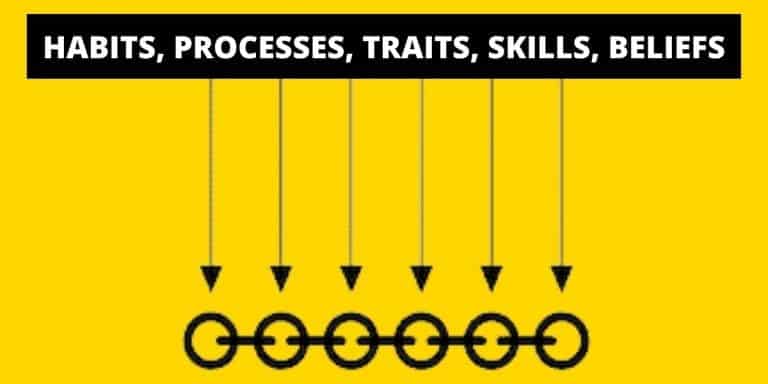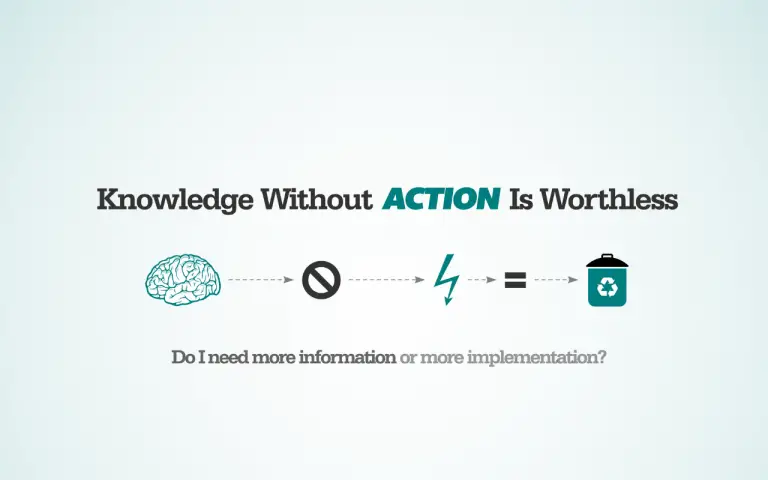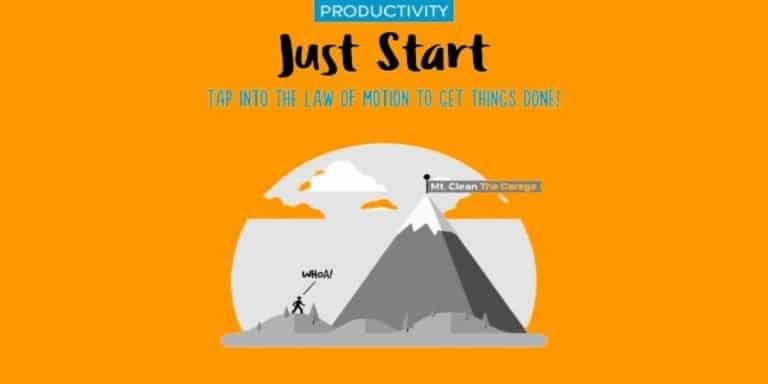30 Day Challenges
What Is A 30 Day Challenge, And Why Bother Doing Them?
A 30 Day Challenges is a simple task, behavior, or mindset that you choose to complete/adopt for 30 days. It’s often something that you normally don’t already do in life.
Here are some examples from the nearly 60 different challenges listed below:
- Do a daily power-pose
- Avoid mainstream news
- Build a bucket list
The purpose of a 30 Day Challenge
is to provide you with a practical and simple way to do
something outside of your normal routine and comfort zone, with the intention of helping you improve and grow, and teaching you that you can accomplish awesome things with a little structure and determination.
While many of the challenges you’ll see listed below seem almost too simple to bother with, that’s kinda the point.
Using the success principle that states that small is BIG, the idea is to get you to try new
behaviors and mindsets throughout the year, every year things that are so simple and doable that your brain won’t resist doing them, but so unique from what you’re used to doing, that you’ll improve and grow as a result of doing them.
It’s important to appreciate that small challenges equal sustainable growth. Over time, you’ll get used to making constant improvements to your life, and even enjoy doing it!
Here some additional benefits of 30 days challenge to consider:
- You form new habits -You learn and experience new, positive habits many of which you may have never tried otherwise, but that you may choose to adopt for the rest of your life
- You form new perspectives – When you do things differently than what you’re used to, you can’t help but see aspects of life from a new perspective, which can have a significant impact on who you are and what you do
- You learn discipline – Doing and completing these challenges teaches you to discipline how to remain committed to achieving a specific outcome
- You experience accomplishment -You experience the power of accomplishing things of significance, which can positively impact your entire self-confidence and mindset
Just think, if you maintain the process of doing these challenges, over the course of the next 5 years, you could potentially have tried 60 positive new ways of thinking and behaving.
What kind of effect do you think that could have in your life
30 Day Challenges – Types Of Challenges
There are two basic kinds of challenges:
- Behavior Challenges – These challenges ask you to perform a specific behavior each day for the entire 30 days of the challenge. This could include things such as replacing a soda with water each day, avoiding mainstream news, or paying for everything you buy for the month with cash.
- Theme Challenges – These challenges are based on doing something similar every
day, based on a ‘theme’. For example, one of these challenges as you take a few
minutes each day to identify an area of your life that needs to be improved, and to specify how you can improve it. The common theme for the challenge is to discover a way to improve any area of your life, the difference between completing the challenge one day and the next involves examining a different aspect of your life.
Of course, you’re not restricted to using the challenges listed below feel
free to create your own, if you wish. Just make sure the challenge is simple, meaningful (listing your favorite celebrities and the movies they’ve been in doesn’t count as being meaningful) and gets you outside of your comfort zone.
Instructions For Completing A 30 Day Challenges
Each month, choose one challenge (below) to focus on for the next 30 days (or so, based on the month).
30 Day Challenges NOTE:
While it’s tempting to want to complete multiple challenges at the same time, thinking it would be manageable… don’t! As with most things in life, you’ll get better results by focusing on quality over quantity – giving each individual challenge quality attention and participation as opposed to spreading your attention and participation across multiple challenges.
It’s usually best to begin a new challenge at the 1st of a month and continue doing it until the end of that same month (however many days that is).
If you find you are having exceptional success with a particular challenge, feel free to repeat it another month. I would suggest that you limit repeating a challenge like this to two times in a row.
After you’ve selected a challenge, follow these steps:
- Review it initially – Look over the information about the challenge, including any
associated tips and strategies that you see listed in the section that includes the
challenge - Write it down or print it -Write down the main idea or concept of the challenge, or copy all the information about a specific challenge (the name of the challenge and any associated tips and strategies), then paste what you copied into your favorite text editor, and print it – get it on paper! Place the information about the challenge somewhere you can see it regularly.
- Review it daily – Do a quick review of the challenge every day, preferably in the morning (during your morning success routine), to make sure doing the challenge is on your mind.
- Track your progress – Using the bottom of the paper you created/printed in Step 2, write an X for every day you complete the challenge, and a minus for every day you don’t (such as XXXXXXXXXXXXXXX). Attempt to maintain a streak of completed days as long as you can. Ideally, by the end of the challenge period, you want to have as close to 30 X’s at the bottom of the sheet as possible. Tracking your progress this way can be powerful associated tips and strategies
- Mark the challenge as complete – At the end of the 30 days, highlight the name of the challenge below, to indicate that you’ve completed it.
NOTE: After you have completed all the challenges that interest you, remove the highlights and start over. Also, don’t feel you need to complete all the challenges listed below before you start over. Just complete the ones that interest you personally.
NOTE: Just because you complete a challenge doesn’t mean you can’t continue to practice or adopt the habit or mindset you learned during the challenge (especially with Behavior Challenges), as long as the new habit is largely automatic to you (you don’t have to think too much about doing it). Remember, it’s best to focus on one challenge at a time, which you can’t do easily if you’re working on a new challenge and you still haven’t mastered a previous one.






